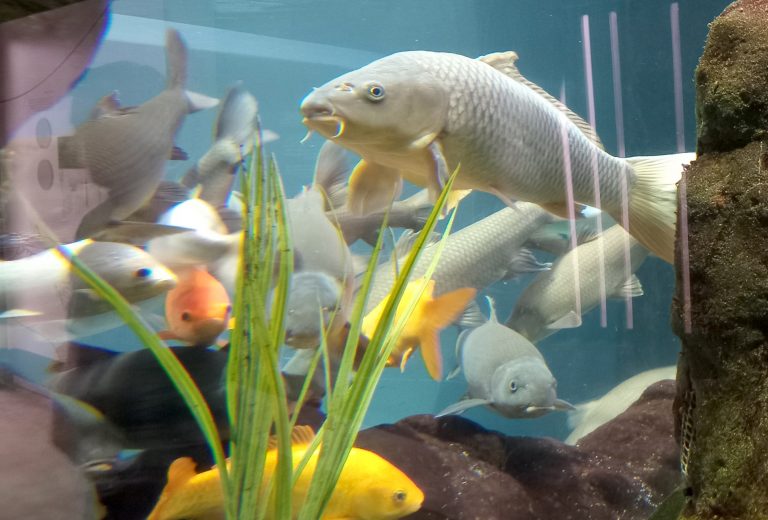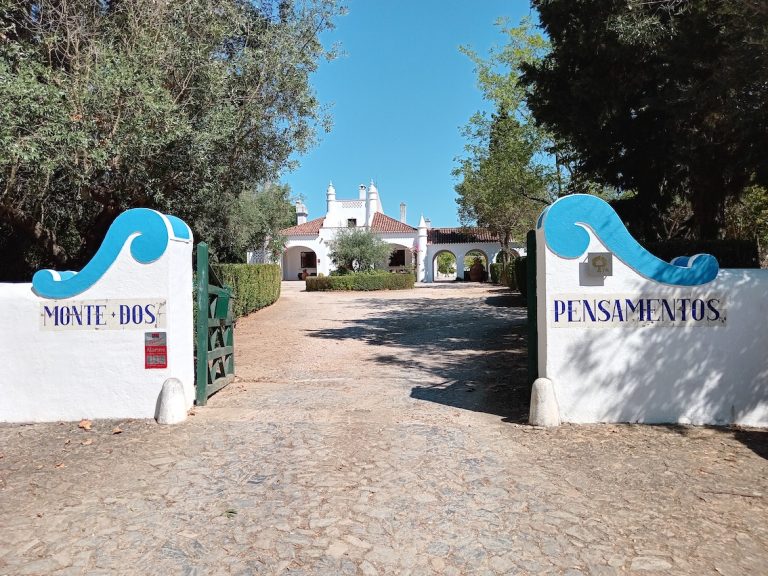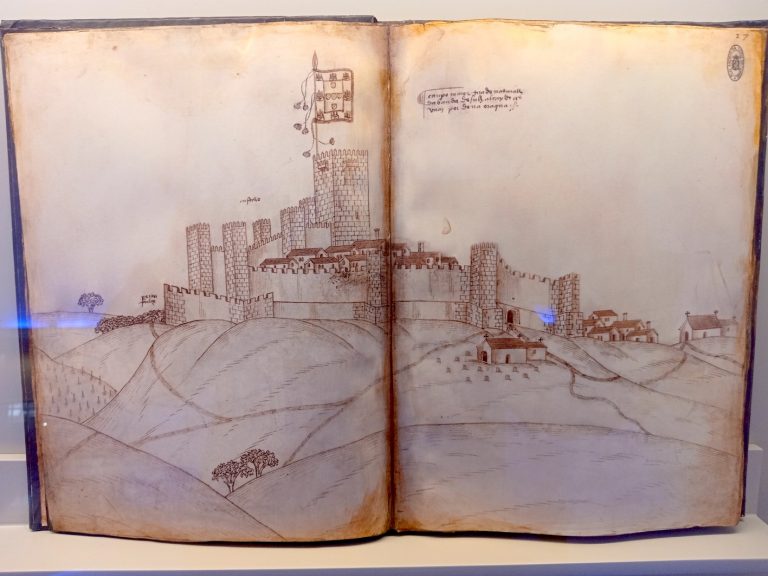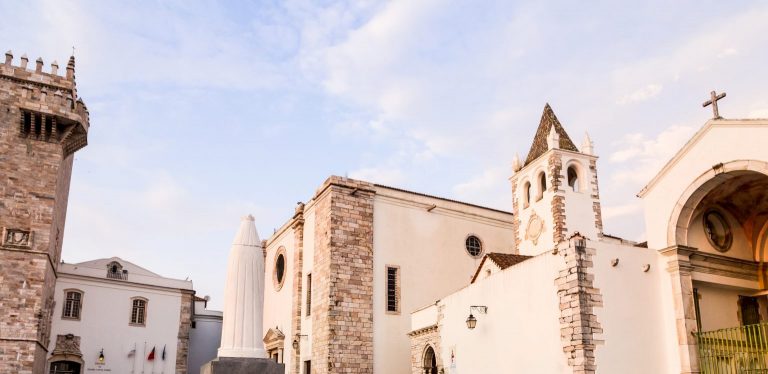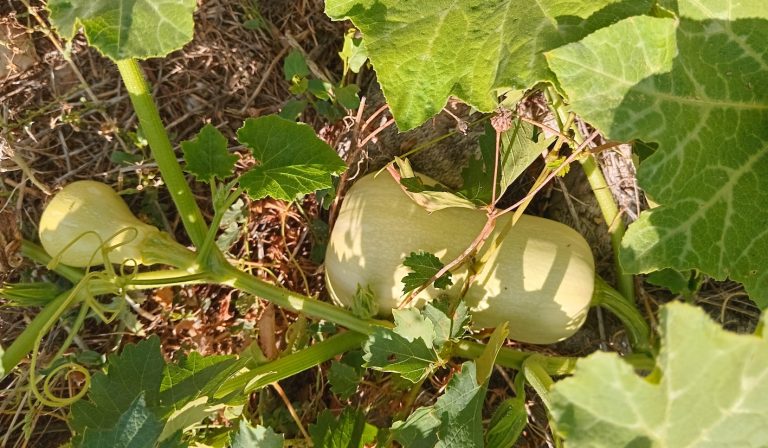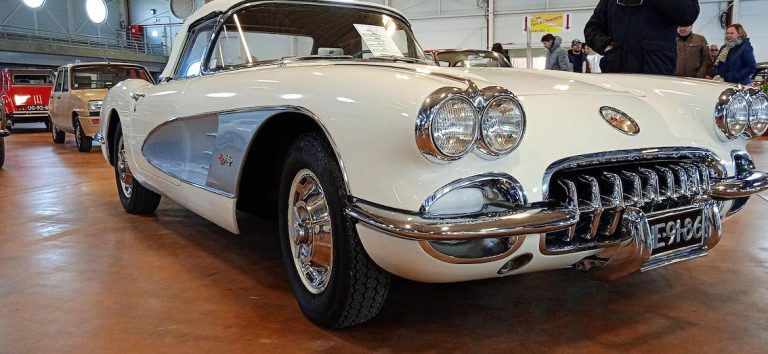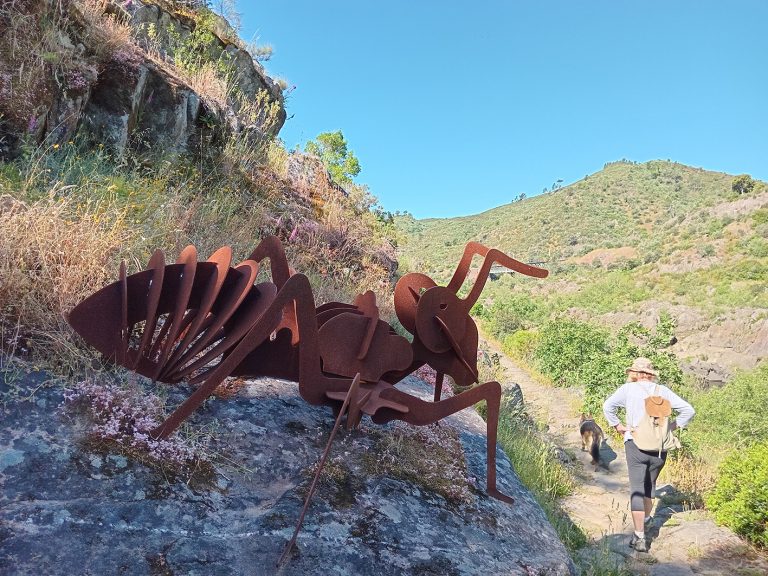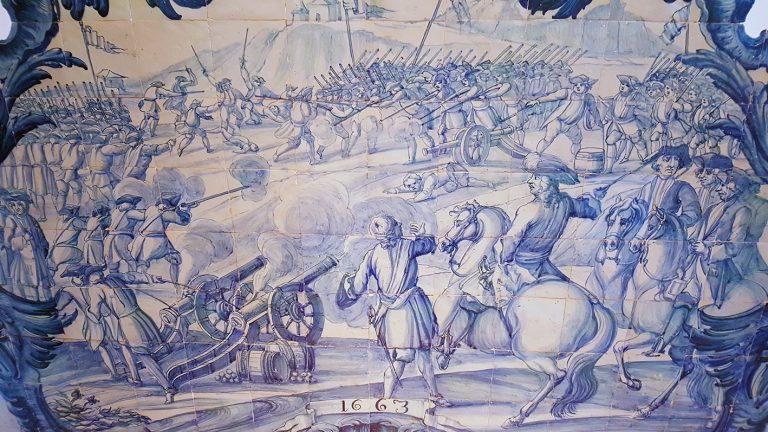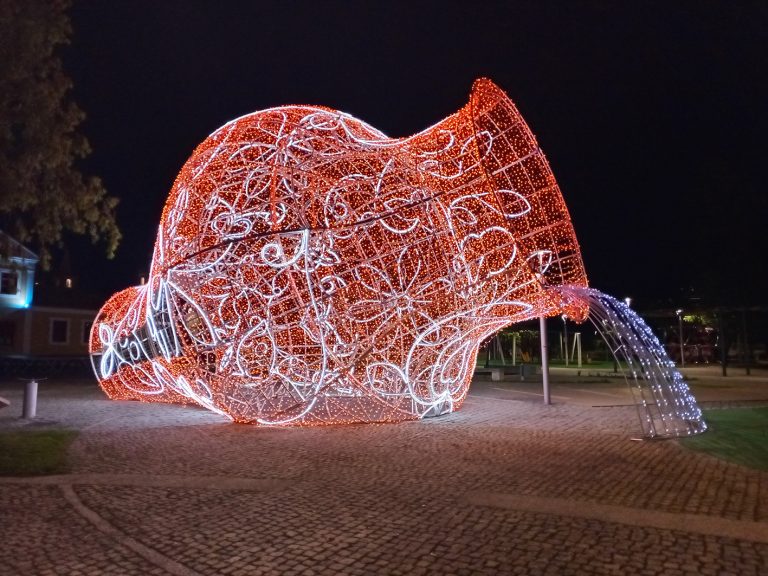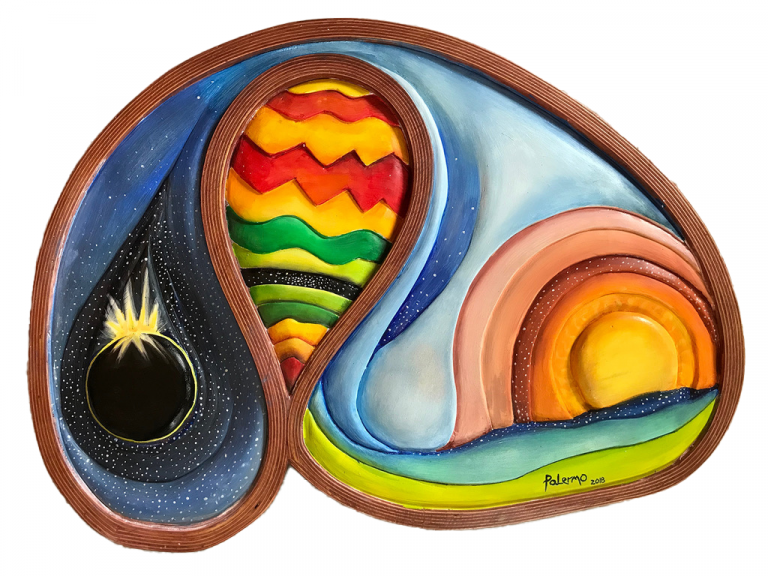We’re normally not big on aquariums, but this centre, Fluviário de Mora, next to the Praia Fluvial do Gameiro (river beach) near Cabeção, Mora, is both close to Estremoz, and also pleasantly calming to wander through.
There are lots of great places to stay if you are visiting Estremoz but we must give a special shout out to Monte dos Pensamentos on the outskirts of town.
Campo Maior is a frontier town, at its closest point only seven kilometres from Spain, and because of this location it has played an important part in Portugal’s history, particularly during the Spanish Succession and Peninsular Wars. Its townsfolk are solid, resourceful people who have been through more than their fair share of hardship and tragedy – and to better understand their story, a visit to Campo Maior castle is a must.
While giving a hand to a friend who lives close to the Estremoz castle we found a 15th century coin from the reign of D. Afonso V. The coin surfaced when digging out the footings of a garden wall. Laughingly my partner put it in his pocket saying he’d just found a medieval coin. Little did we know he was right and we had found treasure.
I recently bought half a butternut squash (mogango) from the local supermarket in Estremoz and was dismayed when I got home to see that it came all the way from South Africa! Why? When Portugal, and especially the Alentejo, produces pumpkins and squash in the millions. Annoyed with myself for not checking the label, I decided that having bought a vegetable with such a humungous footprint I would just have to make the most of it. Luckily for me, I follow a UK garden expert on Instagram who knows what he’s doing…
Anyone who follows us on Facebook or Instagram will soon see that we are lovers of vintage bikes and old cars…in fact anything that is pre-computerised motors and can be tinkered with and fixed by a humble mechanic. So, we were more than happy to find that in Estremoz, and practically in all small towns and larger villages of the Alentejo, there are motor enthusiast clubs that are going strong…
We have just completed another fantastic river walk along the banks of the Tagus, called the Trilho da Barca d’Amieira.
In order to promote the Portuguese heritage of the traditional blue and white ceramic tiles, the Estremoz town hall is launching a new cultural route called the Tile or ‘Azulejo’ route, through which it aims to promote knowledge and awareness of the tile, but also as a fun thing for both residents and visitors to the town to enjoy.
Nisa is just over an hour’s drive from Estremoz, heading north towards the Rio Tejo. We’d been wanting to visit for a while, for three reasons: the ceramics, embroidery and cheese, which are all famous in the region!
Efrain Palermo is an artist with a unique, visionary art style. He has recently arrived from the United States and will debut his art style at the FIAPE exposition in Estremoz – open from 01-05 May 2024. Palermo’s art style, which he describes as Sculpted Oils combines bas-relief sculpture with oil painting in curved, bent frames.

